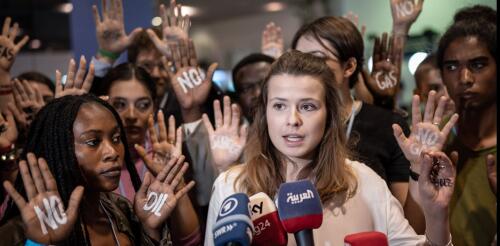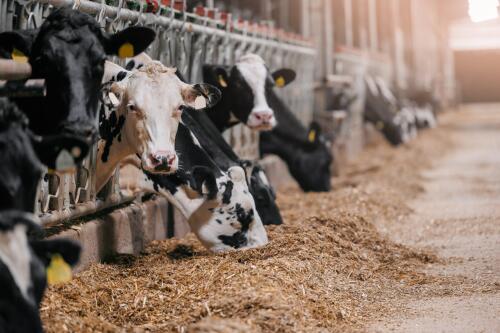Greenpeace
In London, youth activists threw soup at Van Gogh’s “Sunflowers,” asking, “Is art worth more than life? More than food? More than justice?” In Melbourne, Australia, two protesters superglued themselves to Picasso’s “Massacre in Korea” to highlight the connections between climate change and future conflict and suffering. Others have engaged in similar protests, targeting a Boticelli at the Uffizi Gallery in Florence, Italy; an ancient Roman statue at the Vatican; a Klimt in Vienna; and a mummy exhibit at Barcelona’s Egyptian Museum. Their actions have incited mixed responses around the world. Some people praised the activists’ daring and ingenuity; others lambasted the groups for polarizing the fight for climate justice, sending mixed messages and using plain poor logic. But tactics like these draw media attention and make a lasting impression, and that’s the point – especially right now....
The methane emissions of 29 large meat and dairy producing companies, including the Italian Cremonini, match those of the top 100 fossil fuel companies:this is what emerges from a new report by the environmentalist NGO Greenpeace Nordic, which denounces how this contribution represents a serious threat to the climate crisis.All of this, according to the organization, could be mitigated by rreducing overproduction and intake of meat and dairy products in middle- and high-income countries – where it is often consumed in excess - thus reducing the average global temperature by 0.12°C by 2050.“For a long time we have observed the unbridled growth of large meat and dairy companies, as if the sector was somehow exempt from responsibility for the climate crisis, but this is not the case at all,” he commented Federica Ferrario, responsible for the Agriculture campaign of Greenpeace Italy. The methane (CH4) it is a simple hydrocarbon and is the main component of natural ga...

